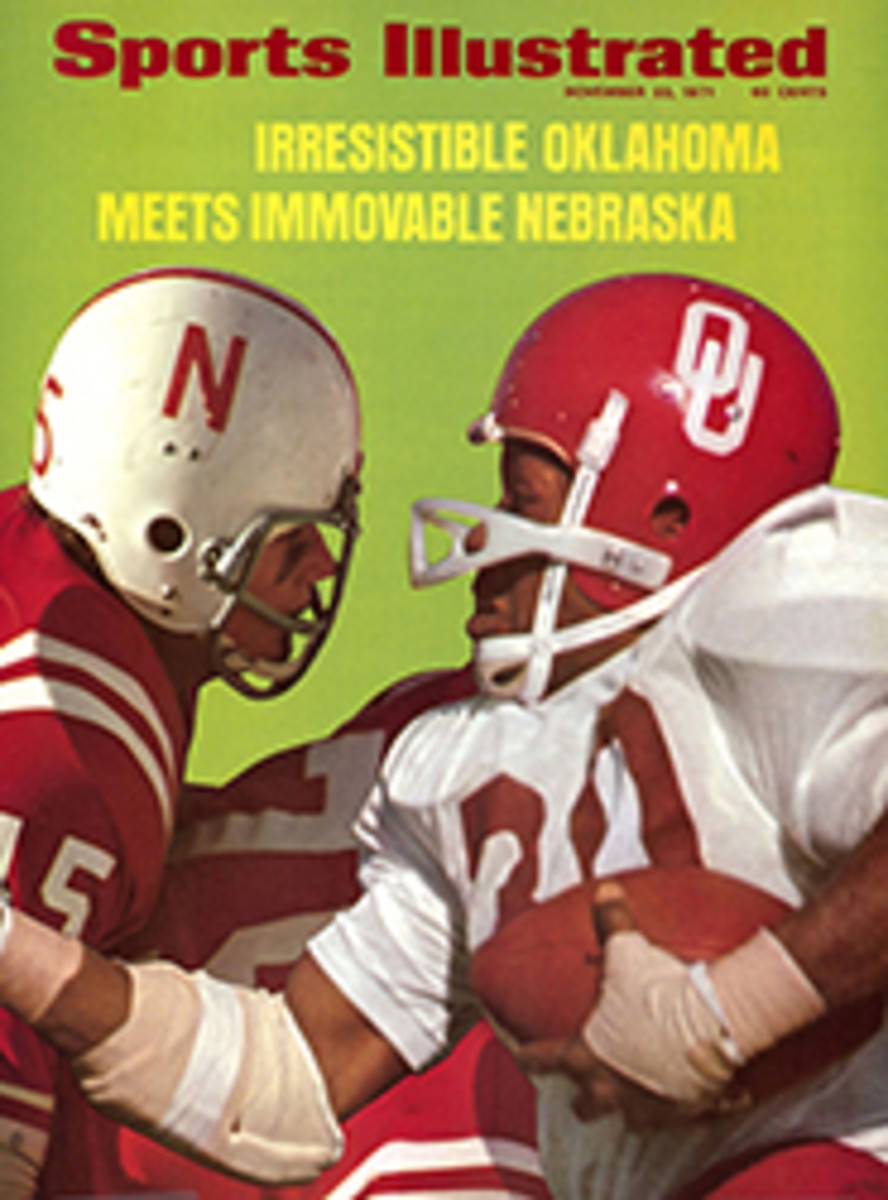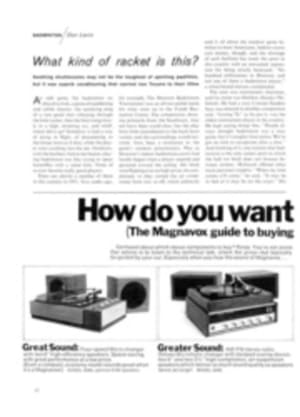
Today, neither rain nor sleet can stay the golfer from playing his appointed rounds
No matter what T. S. Eliot said, November, not April, is the crudest month—especially if you are a golfer facing the long winter with nothing better than a living room carpet to practice on. Well, cheer up. A scientist named Robert Hopp, who lives in Virginia and seldom plays golf himself, has invented an indoors game that scrunches a 7,000-yard golf course into a 25-by-10-foot cubicle.
You can have one of Mr. Hopp's machines installed at home for only $10,000, or you can play on one for a nominal "green fee" at one of about 25 Golfomat centers in cities in the Northeast and Midwest. One of these days the Golfomat people, who now own the rights to Mr. Hopp's invention, plan to expand into Texas and the Southwest. Tomorrow the world.
A game of Golfomat golf is played with real equipment off an artificial-turf mat. The player hits into a heavy nylon screen on which pictures of a famous golf course are projected in color. You have a choice of playing Congressional, Pebble Beach or Doral at the moment, since each has been photographed and programmed into the Golfomat projector. St. Andrews has thus far refused to pose, but they are working on the Augusta National and Pinehurst.
When a player hits, a computer calculates how far the ball would have gone by how quickly it reaches the screen. The film in the projector is then advanced so that the player now sees an image of the fairway approximately where his ball would have landed. The photographs cover each hole in 10-yard increments—about 700 frames per course. Upon reaching the green, the player putts out on a separate surface.
Arthur C. Angelos, president of Golfomat, thinks his game may someday become as big as bowling, in winter at least. He does not franchise Golfomat, but sells the units outright to local entrepreneurs. Most centers have established an in-house pro and pro shop as moneymaking adjuncts.
How realistic is a round of Golfomat? Well, a 10-by-10-foot color screen does not a golf course make, nor nylon mats a green. Still, you are hitting real golf balls with real clubs into a reasonably convincing image of a fairway, and the machine gives a close, if somewhat cosmetic, idea of how far the ball should go. Hooks and slices are pretty much eliminated. The putting greens are probably the least satisfactory—rather like putting across a wrinkled throw rug.
Mr. Angelos contends that his machines are fair tests of golf. Indeed, he says Golfomat will add a few strokes to the score of a 90 shooter—hardly the sort of news to send one rushing cut to spend his $10,000.

